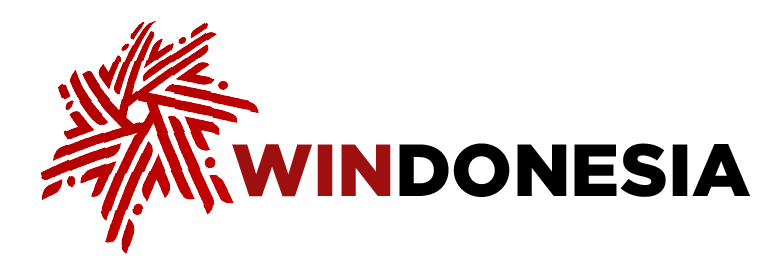Latest News
The rhythm of gongs and the clink of wooden rice mortars echoed through Atakore Village, Atadei District, Lembata Regency, East Nusa Tenggara Province on Oct. 8, 2025.
This solemn and warm atmosphere was part the 2025 Lamaholot Festival visited by Radio Republik Indonesia (RRI), which showcased the rich traditions and cultural potential of Atakore Village—known as the guardian of Lamaholot's ancestral heritage.
Two sacred dances were the main focus of the occasion, namely the Sole Oha dance and the Beku dance. Both dances, imbued with meaning and spiritual values, are artistic performances that express the soul of the Lamaholot people.
The Sole Oha dance, performed in a circle and accompanied by traditional poetry, depicts gratitude to God as the source of life. Its harmonious movements reflect the unity of heart and harmony between humans, nature, and God.
"Sole Oha is an expression of our gratitude for life, the bounty of the earth, and our close-knit brotherhood," explained Sinta, one of the Sole Oha dancers at Lamaholot Festival 2025.
Meanwhile, the Beku dance presents the story about the struggles of Lembata ancestors. Through foot-stomping and fast-paced singing, this dance presents the local community's courage and resilience in facing trials that include a flood.
For the Atakore people, every movement in the Beku dance is a prayer and a reminder of their strength to persevere. Atakore Village Head Yoakim Wato expressed his pride in the government and RRI's attention to preserving local culture.
"We in Atakore believe that culture is the breath of life. As long as this dance continues to be performed, our identity will live on," he stated.
Yoakim added tha Atakore also holds significant potential for cultural tourism from its beautiful natural landscape combined with well-preserved traditions.
"We want Atakore to be known not only for its beauty, but also for the local wisdom inherited from our ancestors," he concluded.
The 2025 Lamaholot Festival was a crucial opportunity for the Atakore people to introduce their cultural heritage to a wider audience.
With every stomp of their feet and voices singing the dances' lyrics, the Lembata people seem to be saying that culture is not just about the past—it could also look towards the future.

